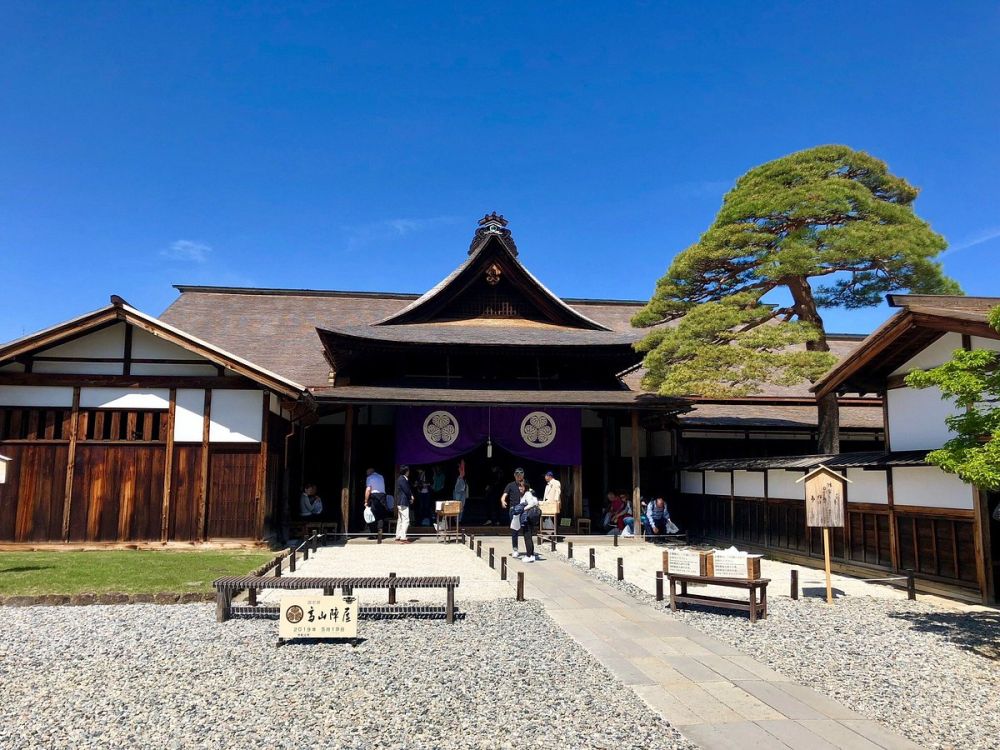

Nestled in the heart of the mountainous Hida region, Takayama Jinya stands as a testament to Japan's rich historical tapestry. Once a government outpost established during the Edo Period, it now serves as a fascinating destination for tourists looking to immerse themselves in Japan's feudal past.
Takayama is known for its well-preserved old town, which attracts visitors with its beautiful traditional architecture and historic charm. Takayama Jinya, in particular, boasts a long and storied history. It was built in the 17th century and functioned as the local government office, overseen by the Tokugawa Shogunate. For over two centuries, it was the administrative headquarters for the Hida Province, solidifying its importance in regional governance.
Tourism at Takayama Jinya began to flourish in the late 20th century, after the building was designated a National Historic Site in 1969. As interest in Japan's cultural heritage grew, Takayama Jinya became an important stop for tourists looking to experience the country's history firsthand.
Visitors today can explore the various rooms used by samurai officials, including the tatami-mat rooms where they conducted government business, and the residential areas where they lived. The on-site museum displays artifacts and documents from the Jinya's operational period, offering insights into the daily activities and bureaucracy of the Edo Period.
Authentic Attractions: At Takayama Jinya, tourists can see the largest traditional rice storehouse in Japan or stroll through the beautifully maintained Japanese garden. The experience is a deep dive into the lifestyle and culture of Japan's feudal administrators.
In recent years, there has been a trend towards experiential tourism in destinations like Takayama Jinya, where visitors don't just see the sights but engage with the history and culture in a more hands-on manner. Other trends include:
Whether you're a history buff or simply looking for an escape into historical Japan, Takayama Jinya offers a unique and enlightening adventure. Tourists can enjoy the site year-round, with each season providing a different perspective on this beautiful historical property.